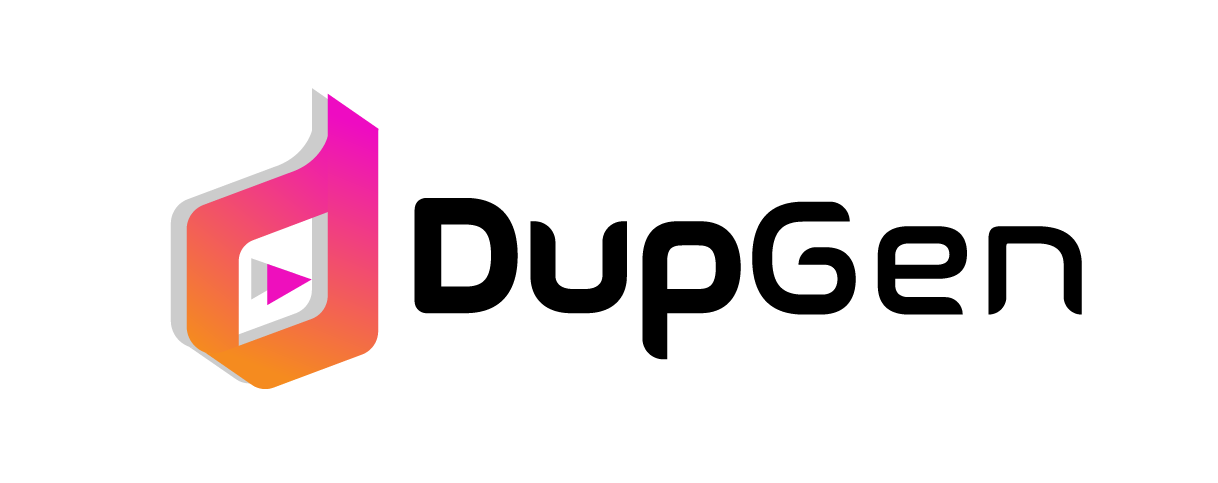In recent years, natural language processing (NLP) has emerged as a pivotal area in the field of artificial intelligence (AI). NLP involves the interaction between computers and humans through natural language, enabling machines to understand, interpret, and respond to human language in a way that is both valuable and meaningful. As AI technology continues to evolve, NLP is becoming increasingly integral to various applications, from chatbots to language translation tools. This blog will explore the fundamentals of NLP, its applications, challenges, and the future of machine understanding of human language.
What is Natural Language Processing?
Natural language processing is a subfield of AI that focuses on enabling machines to process and understand human language. It combines computational linguistics, machine learning, and deep learning techniques to analyze and generate language in a way that mimics human understanding. NLP encompasses various tasks, including:
- Tokenization: Breaking down text into smaller units, such as words or phrases.
- Sentiment Analysis: Determining the emotional tone behind a series of words.
- Named Entity Recognition (NER): Identifying and categorizing key entities in text (e.g., names, organizations, locations).
- Machine Translation: Automatically translating text from one language to another.
- Speech Recognition: Converting spoken language into text.
Applications of NLP
The applications of NLP are vast and diverse, influencing many industries. Here are some key areas where NLP is making a significant impact:
1. Chatbots and Virtual Assistants
Chatbots powered by NLP are increasingly being used in customer service and support. They can understand and respond to customer inquiries in real time, providing instant assistance and improving user experience. Virtual assistants like Amazon’s Alexa and Apple’s Siri utilize NLP to understand voice commands, answer questions, and perform tasks based on user input.
2. Content Recommendation
NLP plays a crucial role in content recommendation systems, helping platforms like Netflix, Spotify, and YouTube suggest content based on users’ preferences. By analyzing user behavior and textual data, NLP can identify patterns and recommend relevant articles, movies, or songs.
3. Sentiment Analysis
Businesses use sentiment analysis to gauge public opinion about their products, services, or brand. By analyzing social media posts, reviews, and surveys, NLP tools can provide insights into customer sentiment, allowing companies to make informed decisions and improve their offerings.
4. Language Translation
Machine translation has come a long way, thanks to advances in NLP. Services like Google Translate leverage NLP algorithms to provide more accurate translations by understanding the context and nuances of language, making cross-cultural communication easier and more effective.
5. Text Summarization
NLP techniques can automatically summarize lengthy documents or articles, extracting key information and presenting it in a concise format. This is especially valuable in fields like journalism, legal analysis, and academic research, where quick information retrieval is crucial.
Challenges in NLP
Despite its remarkable advancements, NLP still faces several challenges:
1. Ambiguity and Context
Human language is often ambiguous and context-dependent, making it challenging for machines to accurately interpret meaning. For example, words with multiple meanings or phrases that rely on cultural context can confuse NLP algorithms.
2. Data Quality
NLP systems require high-quality, diverse datasets to train effectively. However, biased or unrepresentative data can lead to skewed results, perpetuating stereotypes and inaccuracies in machine understanding.
3. Multilingual Support
While significant progress has been made in supporting major languages, many languages remain underrepresented in NLP applications. Developing models that can handle a wide range of languages and dialects poses an ongoing challenge.
The Future of NLP
The future of NLP is promising, with several trends and advancements on the horizon:
1. Improved Conversational AI
As NLP technologies evolve, we can expect more sophisticated conversational AI systems that can engage in more natural and meaningful interactions with users. These advancements could revolutionize customer service, healthcare, and education.
2. Ethical AI
With the growing awareness of ethical considerations in AI, the focus on creating fair and unbiased NLP models will increase. Researchers are exploring ways to mitigate bias and enhance transparency in NLP systems.
3. Integration with Other AI Technologies
The integration of NLP with other AI technologies, such as computer vision and machine learning, will lead to more powerful applications. For instance, combining NLP with image recognition could enhance content moderation on social media platforms.
4. Enhanced Personalization
As NLP continues to improve, we can expect more personalized experiences in digital interactions. By understanding users’ language and preferences, NLP systems will tailor responses and recommendations more effectively.
Conclusion
Natural language processing is a transformative technology that is reshaping how we interact with machines and one another. As AI continues to advance, the ability of machines to understand and process human language will only improve, leading to new applications and opportunities across various industries. However, addressing the challenges of ambiguity, data quality, and multilingual support will be essential to ensure the responsible and effective use of NLP technologies. Ultimately, the future of NLP holds great promise for creating more intuitive and meaningful interactions between humans and machines.
Are you ready to dive deeper into the topics you love? Visit our website and discover a treasure trove of articles, tips, and insights tailored just for you!





